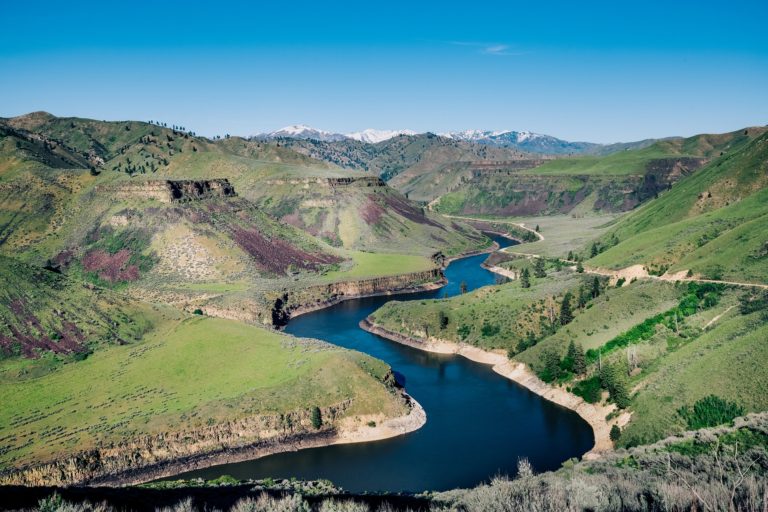
Growth + climate change = pending water crisis in Idaho
The editorial board of the Idaho Statesman says: “Let’s sound the alarm now.”
And they are right to. The COVID pandemic has shown us that we need to be better prepared for very rare unpredictable events. But when we know that population increases, urbanisation, and more extreme weather are already established trends, and that water infrastructure is under-invested, we can be certain that water crises are going to happen more often. We should not only prepare for them but prepare to prevent them.
The Statesman notes that projects aimed at securing additional water supply may be too little too late. It is certainly the case that large infrastructure projects take a long time. They are also very expensive.
The Statesman argues that more emphasis should be placed on conservation. They’re not wrong.
But they are missing another key component of the action plan: reduce water losses. There’s no point just putting more water into a system that doesn’t ensure that the vast majority of that water gets to end-customers. And it’s hard to ask customers to conserve water when the Water Board doesn’t appear to be doing to the same.
A concerted effort should be made to identify and address the four big challenges facing water distribution network managers: Bursts, Leaks, Transients, and Over-pressure. This involves acoustic, pressure and flow monitoring of the network; detection of the big four using that data; and remedial action such as optimising pressures to reduce leakage and bursts, ensuring pumps and valve operations aren’t creating transients, and repairing the worst leaks. This is both the quickest and the most cost-effective way of assuring supply.